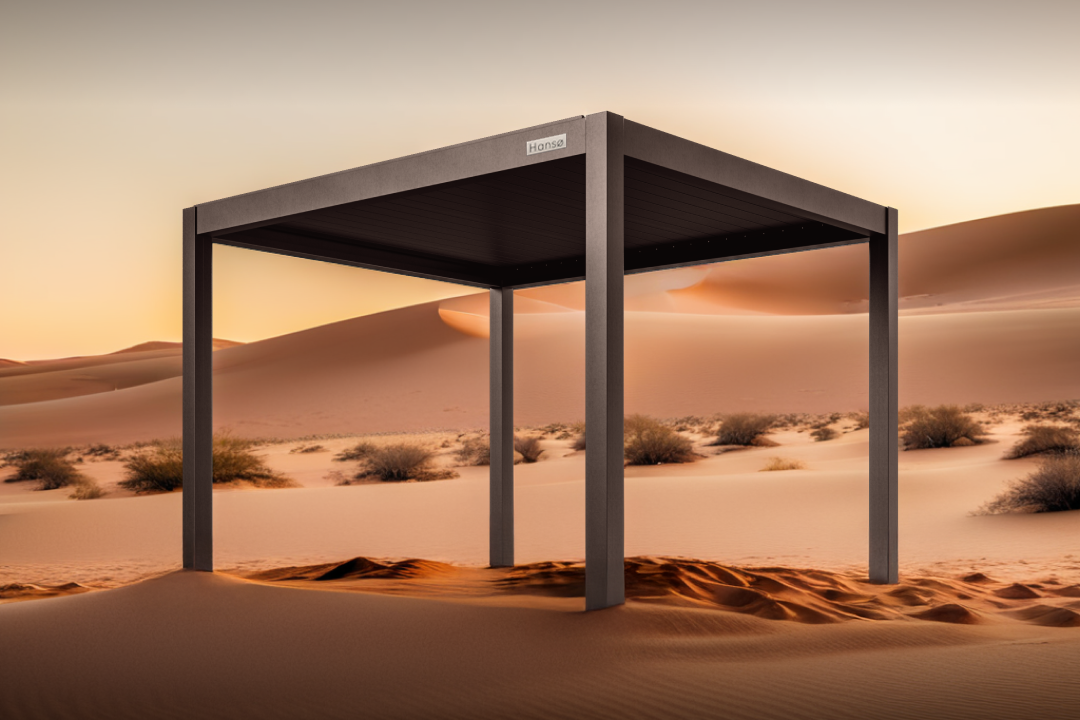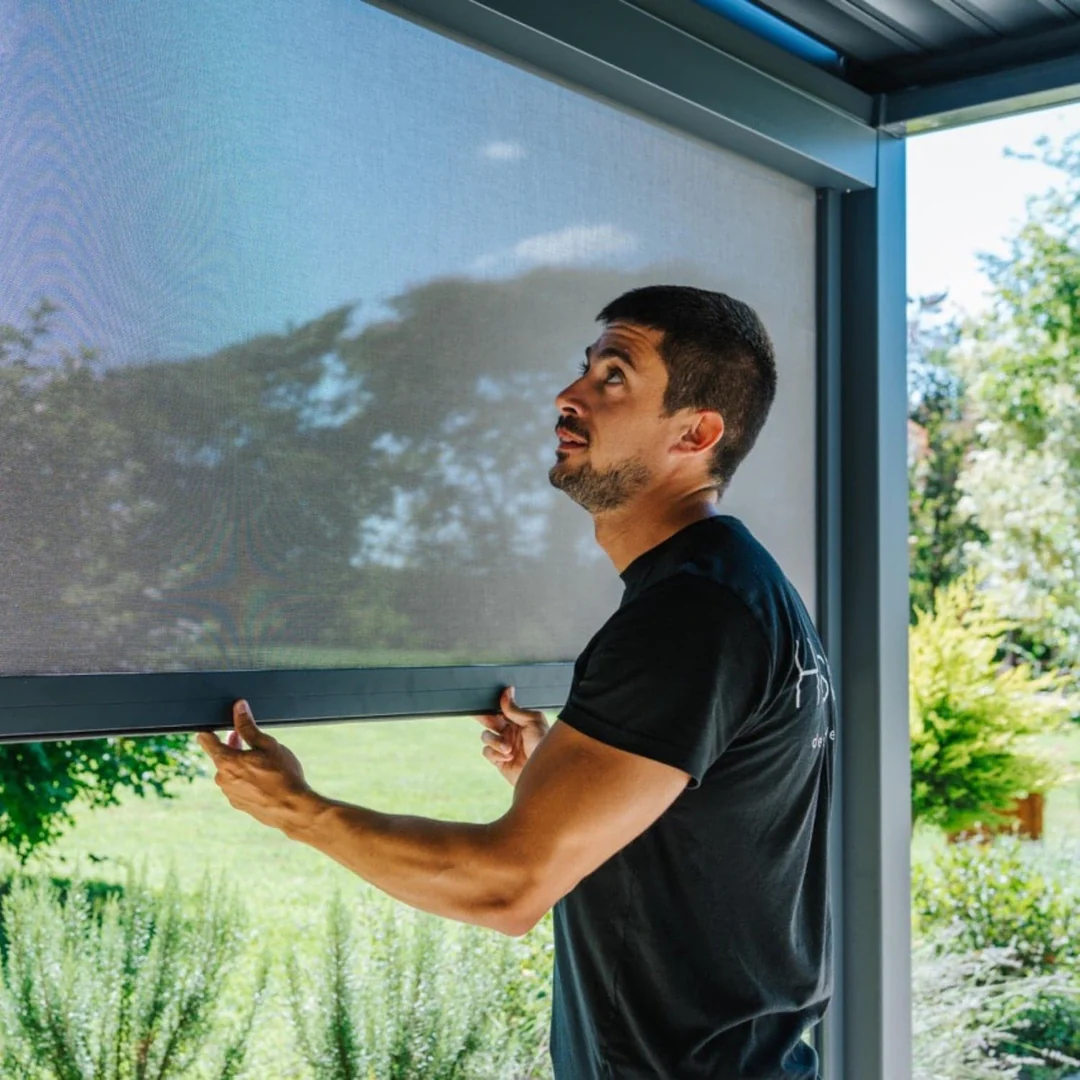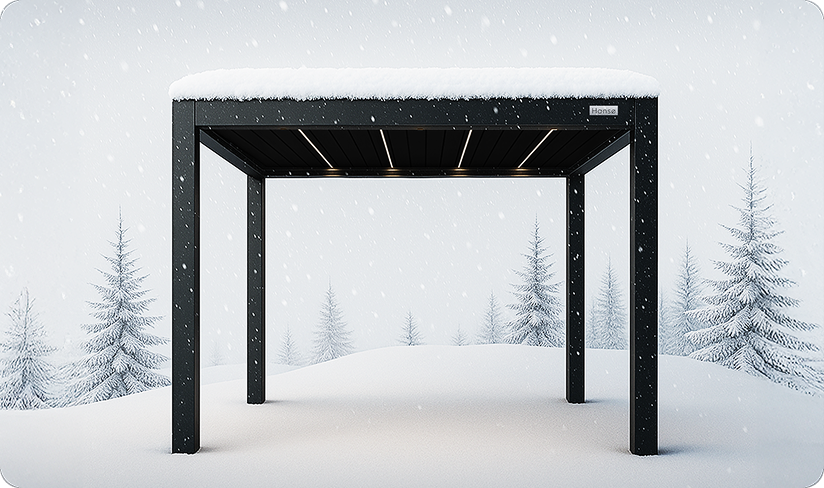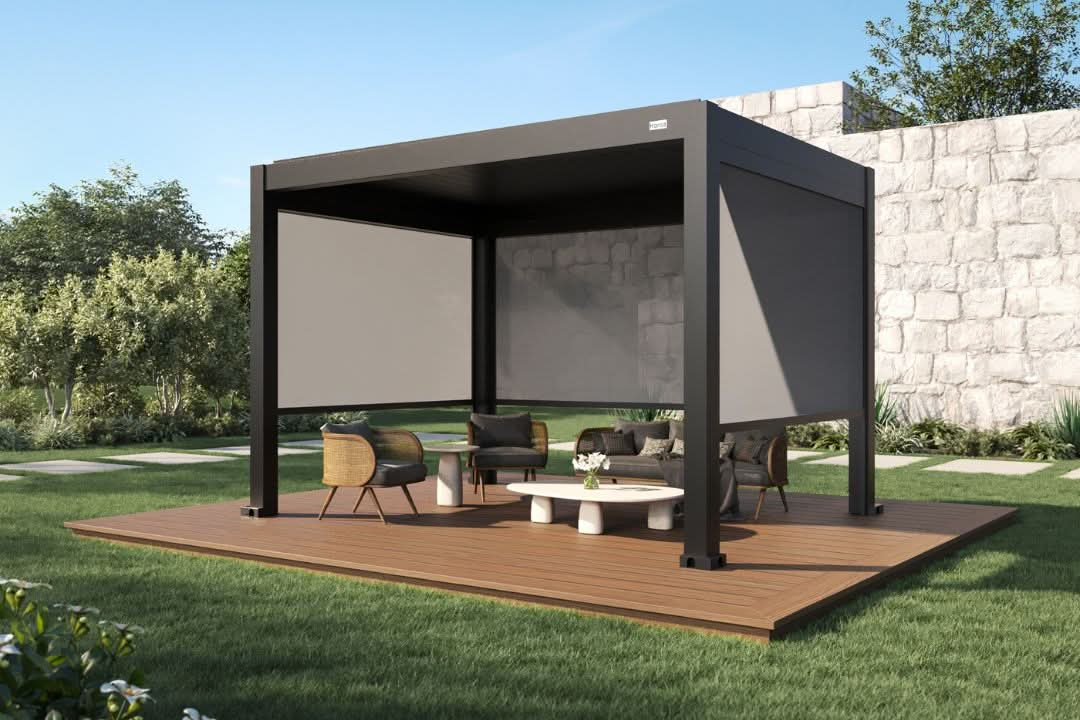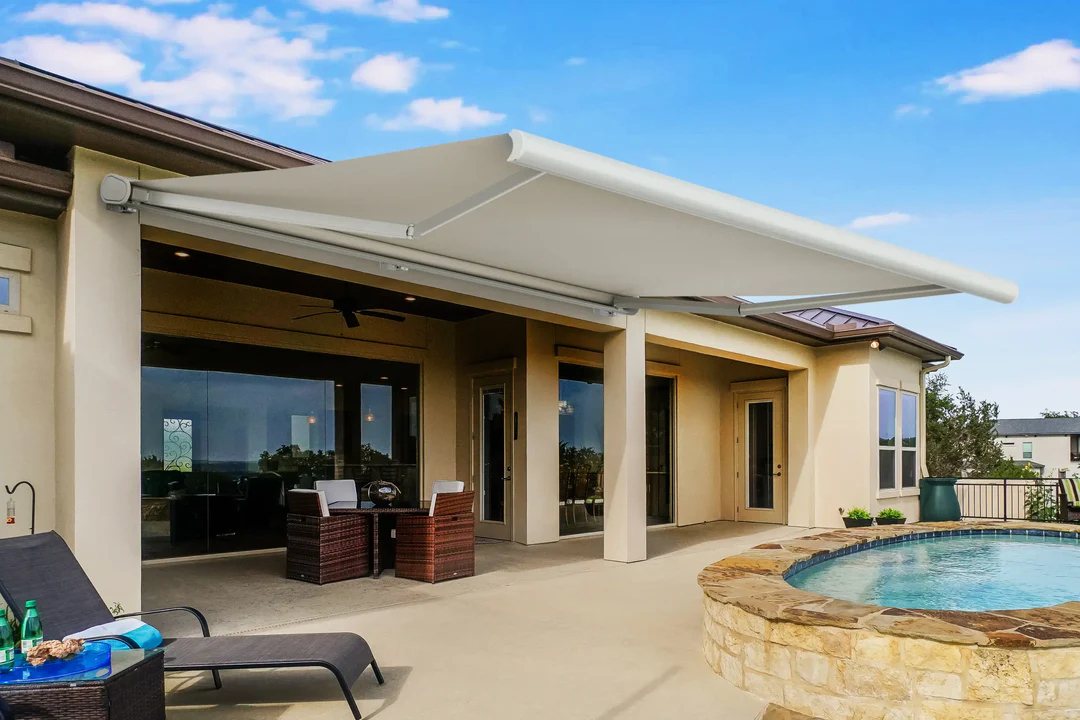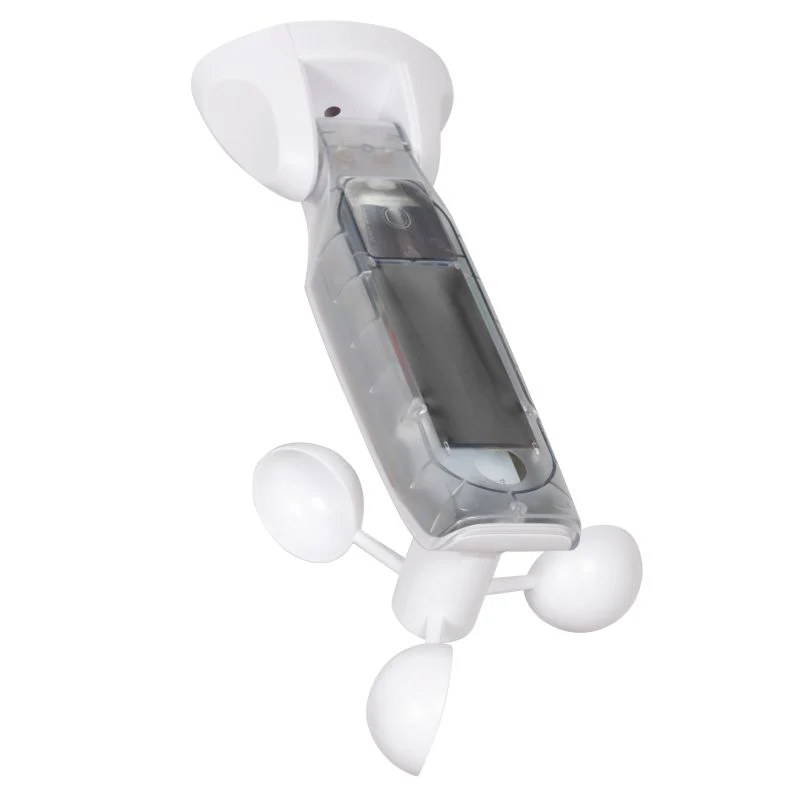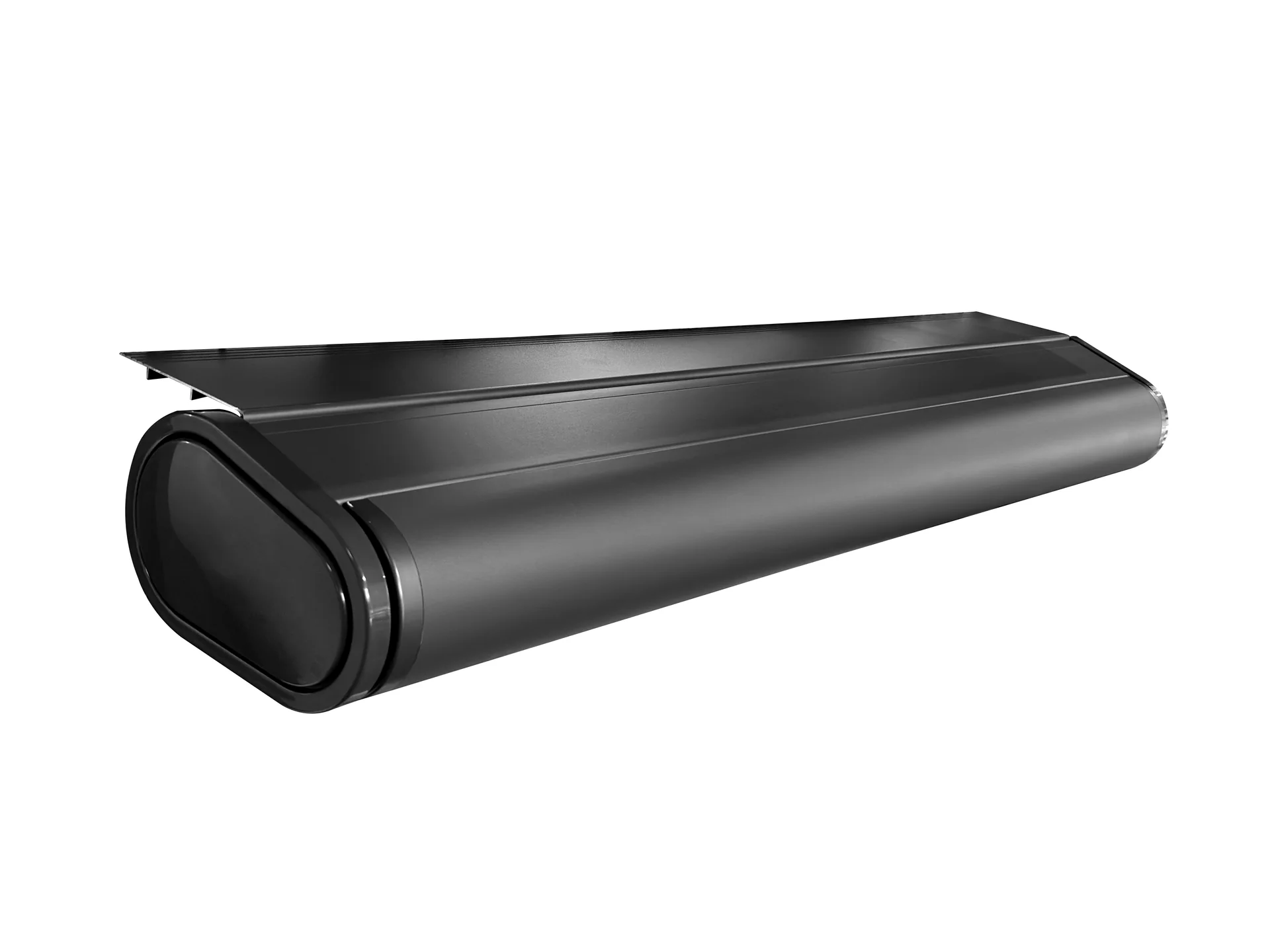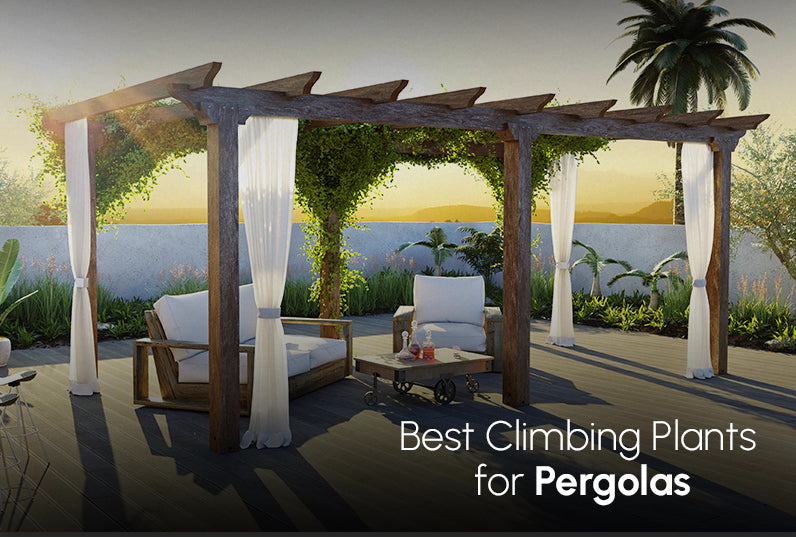Pergola Vs Arbor: Differences Explained

You've probably heard two terms: pergola and arbor. Most people also call a pergola an arbor too, but this is not entirely correct.
So what's the difference between an arbor vs pergola?
It's not always easy to tell the difference between various outdoor structures like pergolas, arbors, and even traditional gazebos.
But each one has its unique features and uses. Understanding these differences can help you make the best choice for your garden or patio.
Let's embark on a fascinating exploration of pergolas and arbors, uncovering their design intricacies, material choices, and unique ability to support climbing plants.
What is The Difference Between a Pergola and an Arbor?

An arbor is generally smaller, serving as an ornamental archway covered in vines or climbing plants. It often acts as a welcoming entrance to a garden or an intimate, shaded spot for a bench. Arbors, with their delightful arches, often serve as gateways to a garden or as an elegant entrance to a long walkway.
On the other hand, a pergola is a larger, more versatile outdoor structure, usually featuring a flat, open lattice roof supported by pillars. It's commonly used to create a defined, sheltered space for outdoor dining or lounging, often accessorized with hanging plants, fabric, or lighting for an aesthetically pleasing touch.
Pergola and Arbor Differences Explained
Let's delve deeper to uncover the distinct factors that make a significant impact in distinguishing between them.
Here, we unveil the pivotal elements that bring about a remarkable contrast.
Size
When it comes to size, the key difference between pergolas and arbors is as clear as day.
Pergolas, with their four or more posts, are generally more substantial freestanding structures designed to transform large outdoor areas into functional spaces.
On the flip side, arbors are the more petite counterparts. Often crafted with just two or four posts, they serve as quaint and charming additions to a garden path or an entrance.
They may be small, but they sure pack a punch when it comes to adding a touch of elegance to your landscape design.
Roof
When discussing the roof structures, arbors and pergolas truly distinguish themselves.
Pergolas often feature roofs that are louvered. This unique trait allows homeowners to adapt their outdoor living space to varying weather conditions.
From providing shade on a hot summer day to allowing a warm sunlit glow during cooler months, a pergola's roof design proves its utility and sophistication.
In contrast, arbors traditionally present a more static design with arched or peaked roofs. The roofs are typically latticed to support the growth of climbing plants and vines.
This natural adornment can create a stunning garden entrance or walkway that blends harmoniously with its natural surroundings.
Purpose

A pergola, a true multi-purpose marvel, acts as a hub for an array of outdoor pursuits.
It seamlessly carves out a well-defined space, beckoning you to indulge in diverse activities.
A pergola is a place where you can have wonderful dining experiences, a peaceful sanctuary for relaxation (for example have a pergola hot tub), a vibrant space for hosting lively gatherings, or even a fun haven where children can play in the shade.
And here's the cherry on top: An adaptable roof of a louvered pergola empowers you to orchestrate the perfect interplay of sunlight and shade, elevating its functionality and adaptability to new heights.

The arbor, on the other hand, usually presents itself as a smaller, charming structure, often with an arched roof.
It serves as more than a decorative piece in landscape design. The arbor's primary purpose is to support the growth of climbing plants and vines.
An arbor serves as a decorative element in landscapes, often marking the entrance to a garden or pathway.
Materials
Pergolas often feature a diverse range of materials, each with its own distinctive qualities.
Among the popular choices are aluminum, wood, and vinyl. Aluminum pergolas have gained widespread acclaim for their remarkable durability, lightweight composition, and minimal maintenance needs.
Resistant to rust, corrosion, and fading, they epitomize enduring outdoor structures.
On the other hand, wood, such as cedar or treated lumber, presents a captivating option, exuding a natural and rustic allure that harmonizes effortlessly with outdoor environments.
Arbors, on the other hand, predominantly utilize wood as their primary material.
Cedar, redwood, or treated lumber are often favored for their natural beauty, resistance to decay, and ability to blend seamlessly with garden surroundings.
Wood materials allow arbors to harmoniously integrate with the landscape, creating a charming and organic feel.
Installation Process
Installing a pergola requires careful attention to detail due to its larger structure and footprint.
Many homeowners find pergola kits to be a convenient option, as they come with pre-cut materials and clear instructions. While these kits simplify the process, some basic DIY experience is beneficial.
Installation involves securely placing four or more posts into the ground or on a patio, attaching horizontal beams, and adding the open roof.
This step-by-step approach brings your outdoor space to life, creating a charming and inviting atmosphere.
Some pergolas can be relatively straightforward to install, others may require professional assistance due to their size or complexity.
Before beginning the installation process, it's essential to ensure that the ground where the pergola will be placed is level and stable.
An arbor, with its smaller size and fewer components, usually doesn't require much time and effort to install. The process often involves securing two or four posts into the ground and then attaching the arched or pitched roof on top.
There are many DIY kits for installing arbors which makes the process easier.
How to Choose Which One To Buy?

When faced with the choice between a pergola and an arbor for your outdoor space, numerous factors warrant consideration.
By carefully evaluating these crucial aspects, you can confidently select the option that aligns with your unique requirements and personal preferences.
Space and Function:
Consider the available space in your outdoor area and your intended purpose.
Pergolas offer versatile options for creating distinct outdoor rooms, accommodating larger seating areas, dining spaces, or even outdoor kitchens.
On the contrary, arbors excel in smaller outdoor spaces, serving as decorative focal points or charming entrance markers.
Design and Aesthetics:
Consider the overall style and design of your outdoor space.
Pergolas offer more design flexibility, allowing customization and incorporation of various features such as retractable canopies, built-in benches, or lighting fixtures.
Arbors, with their arched roofs and natural materials, add a charming and whimsical touch that enhances the beauty of garden paths or entrances.
Climbing Plants and Vines:
If you have a fondness for climbing plants and vines, an arbor provides an ideal freestanding support structure for their growth.
Consider whether you desire the visual appeal and potential shade provided by flourishing greenery intertwined with the structure.
Maintenance and Durability:
Evaluate the maintenance requirements and durability of the materials used in pergolas and arbors.
Aluminum pergolas are known for their low maintenance and long-lasting nature, while wood options may require periodic staining or sealing to maintain their appearance and protect against the elements.
Budget:
Take into account your budget and consider the cost of materials, installation, and any additional features or customizations you may desire.
Why People Choose a Pergola Over an Arbor?

When deciding between a pergola and an arbor for your outdoor space, there are several compelling reasons to choose a pergola.
Let's explore the advantages that make pergolas a popular choice over arbors.
Expanded Outdoor Living Space:
Pergolas, with their expansive footprint, open up a world of possibilities for creating a well-defined outdoor living area.
Their generous design grants ample space for an array of activities, be it dining, entertaining, or simply unwinding in tranquil comfort.
Furthermore, the versatility of a pergola allows for the integration of additional elements like a cozy bench or seating area, inviting you to immerse yourself in relaxation and relish the beauty of the great outdoors.
Versatility and Functionality:
Pergolas excel in their versatility and the range of functions they can serve.
They are more than just a decorative structure; pergolas offer practical benefits. With the option of adding a retractable canopy or louvered roof, pergolas become an adjustable shade structure.
You can regulate the amount of sunlight or shade based on your preference, creating a comfortable outdoor environment throughout the day.
Design Flexibility:
Pergolas, with their broad dimensions and unfettered roof design, are a canvas for boundless design possibilities.
Select from a spectrum of styles, ranging from contemporary minimalism to classic tradition or earthy rusticity. Infuse your personal touch with added features, morphing a bare pergola into your dream open-air retreat.
Pergolas can be equipped with retractable canopies or motorized adjustable louvered roofs, allowing you to adjust the amount of shade or sunlight based on your preferences.
Built-in benches, lighting fixtures, and even decorative elements like curtains, hanging plants or sun shades can be added to enhance the overall ambiance.
Increased Outdoor Comfort:
The shade structure of a pergola acts as a refreshing sanctuary from the scorching sun, offering a cool haven to savor your outdoor space even on the hottest summer days.
While providing a shield from direct sunlight, the open-roof and adjustable design ensures adequate air circulation and an invigorating sense of spaciousness, creating a harmonious balance between shelter and openness.
All in All
Regardless of whether you choose a pergola or an arbor, both garden structures have the potential to transform your outdoor space, but it depends on your needs and expectations.

